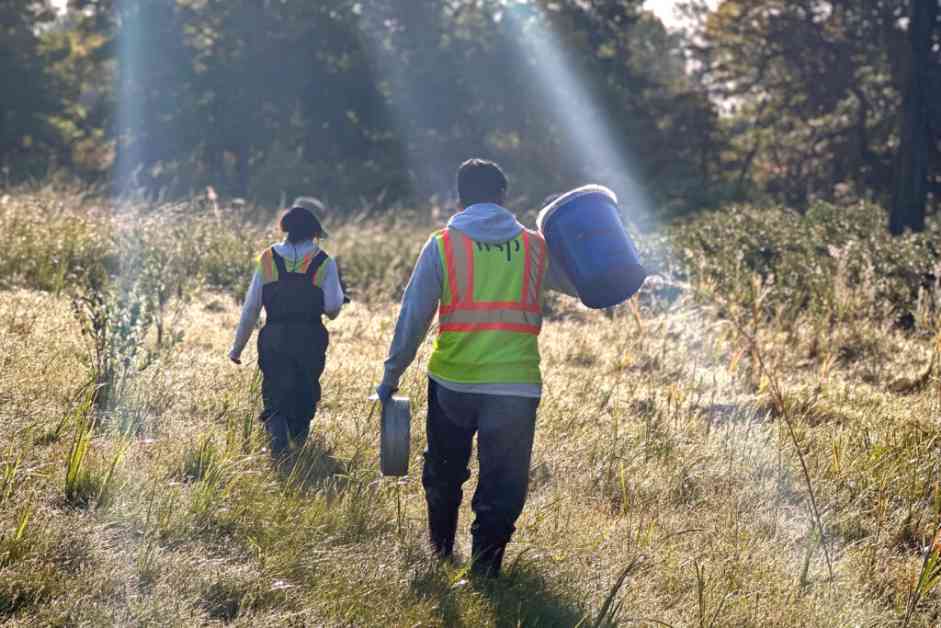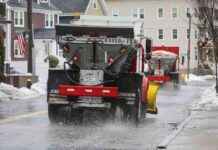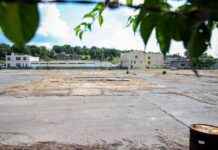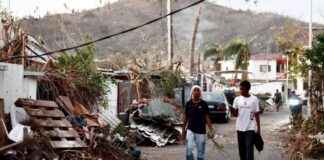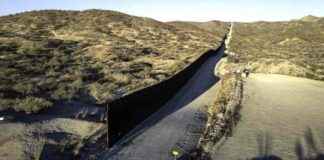New York’s Wetland Restoration: A Crucial Step in Urban Conservation
The Saw Mill Creek Marsh in Staten Island is a testament to the transformative power of wetland restoration. Once plagued by illegal dumping, this marsh now stands as a thriving ecosystem, home to a diverse array of bird species. Among them is the saltmarsh sparrow, a population in decline due to encroaching sea levels threatening its breeding grounds.
Nestled amidst industrial activity on Staten Island’s West Shore, the marsh is a beacon of hope, encased by a protective chain-link fence to ward off potential harm. Despite its urban surroundings, the marsh boasts lush grasses and meandering channels, a testament to the resilience of nature in the heart of New York City’s most park-friendly borough.
The Unique Role of Wetland Mitigation Banks in Urban Conservation
New York City’s environmental landscape is a complex tapestry that demands innovative solutions. One such solution is the concept of a wetland “mitigation bank,” a pioneering approach to balancing development with ecological preservation. Wetland mitigation banks, like the one at Saw Mill Creek Marsh, sell “mitigation credits” to developers aiming to build on wetlands elsewhere in the city. This system enables waterfront developers to adhere to federal regulations by offsetting their impact on wetlands through restoration or creation of new habitats.
Peg McBrien, vice president of ecological engineering at WSP, the firm tasked with restoring the marsh, underscores the significance of these mitigation efforts. She explains, “In New York City, every waterfront project impacting open water or wetlands must create habitat elsewhere.” This mandate ensures that even minor disruptions to wetlands trigger compensatory actions, safeguarding the city’s precious natural resources.
A Delicate Balance: Restoring Saw Mill Creek Marsh
Restoring the Saw Mill Creek Marsh as a wetland mitigation bank was no small feat. It required meticulous planning, regulatory approvals, and years of dedicated effort. The process involved dredging out pollutants, replacing contaminated soil with clean sand, and sculpting tidal channels to rejuvenate the ecosystem. McBrien fondly recalls the transformation, noting, “What surprised me is just that there are really nice wetlands out there, too. So we could expand that and end up having 54 acres of nice habitat.”
The restoration of Saw Mill Creek Marsh serves as a model for urban conservation, highlighting the intricate dance between development and environmental stewardship. By creating a mitigation bank, the New York City Economic Development Corporation ensures that every impact on wetlands is met with corresponding restoration efforts, embodying the ethos of “No Net Loss” policy under the federal Clean Water Act.
Challenges and Opportunities in Urban Wetland Conservation
While wetland mitigation banks offer a promising path forward, challenges persist in New York City’s conservation landscape. Limited space, competing land uses, and sea level rise pose ongoing threats to wetlands across the city. Rebecca Swadek, director of wetland management at the city’s Parks Department, emphasizes the need for strategic planning and resource allocation to address these challenges. She notes, “We definitely have a limited amount of land and former wetland where we can do fill removal. That’s simply because we’re a finite city with boundaries.”
Looking Ahead: The Future of Urban Wetlands
As New York City navigates the complexities of urban development and environmental conservation, the role of wetlands grows ever more critical. While mitigation banks offer a vital mechanism for preserving wetland ecosystems, ecologists like Jim Curatolo advocate for broader conservation strategies. Curatolo’s nonprofit, The Wetland Trust, focuses on restoring freshwater wetlands across the state, emphasizing the importance of sustainable practices and biodiversity conservation.
In the midst of rapid urbanization and climate change, the fate of New York City’s wetlands hangs in the balance. Despite the challenges, dedicated stewards, policy-makers, and conservationists continue to champion the cause of wetland preservation, ensuring that these vital ecosystems endure for generations to come.
As we reflect on the journey of Saw Mill Creek Marsh and the broader landscape of urban wetland conservation, one thing remains clear: the delicate dance between development and conservation requires a harmonious balance, guided by a shared commitment to protecting our natural heritage.

